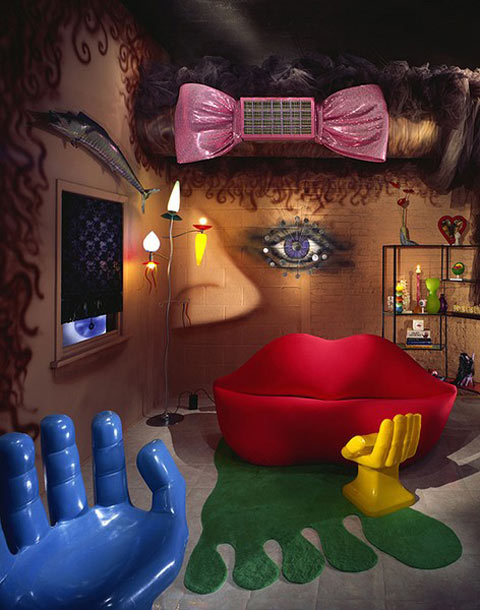I'll probably be moving in February or March. We haven't started to look for a new house yet, but I'm hoping for something like the one above: a nice old gabled house on a cliff overlooking a valley...servants quarters...a stable in back.
Haw! That's what I want, but what I'll get will likely be something like this, above. That's okay...even modest new houses have improvements that would have been unheard of when I was a kid: big kitchens, unusual room shapes, the home office, lots of daylight, etc., etc.
What I really want, and I'm afraid I may not get, is a nice, old fashioned front porch. I spent half my childhood on porches like that and I got some of my best kid ideas there. Who invented porches, anyway? I mean raised, front porches...the deep, spacious kind with a permanent roof. I think of them as an American invention, but maybe I'm wrong.
Pity the British poor. They had not only had no porch; they had no roof of any kind over their front doors.
Wait a minute, what am I saying? Pity the British rich, too! They had the same problem. With all their money the rich still had to stand out in the rain while they fished for their keys just like everybody else. Britains just don't believe in a sheltering roof over the front door.
Even the prime minister is expected to stand out in the rain while he waits to be admitted. How odd. Why not a porch? Why not recess the door inside the building?
But maybe I'm too quick to criticize. In the part of the U.S. I'm moving to there's very few porches, and very few foyers either. The front door (above) just lets into the living room. No transition area, no greeting spot. A person coming in the door in the cold of winter lets in a gust of wind that probably sends every paper in the room flying. Yikes!






























































